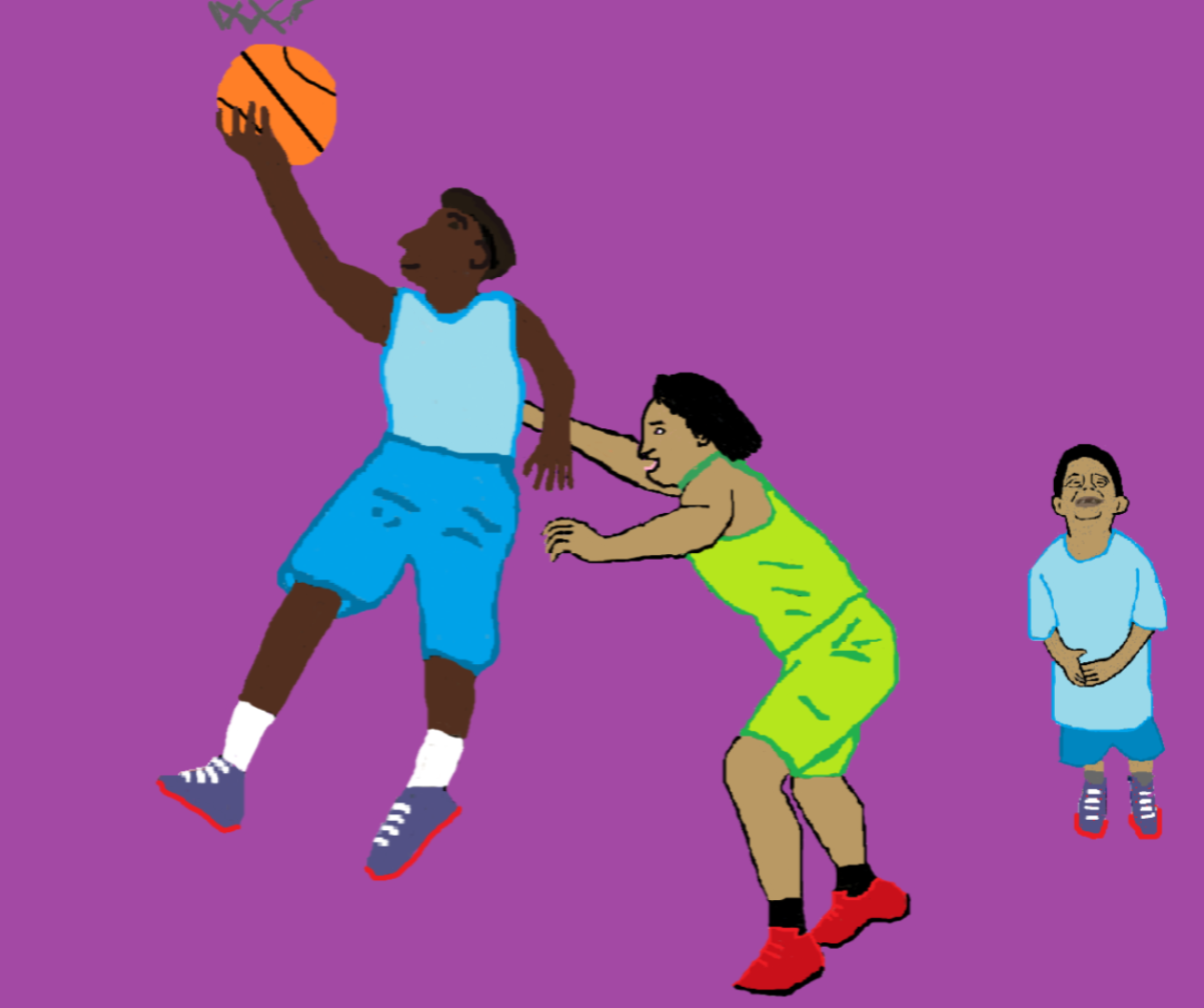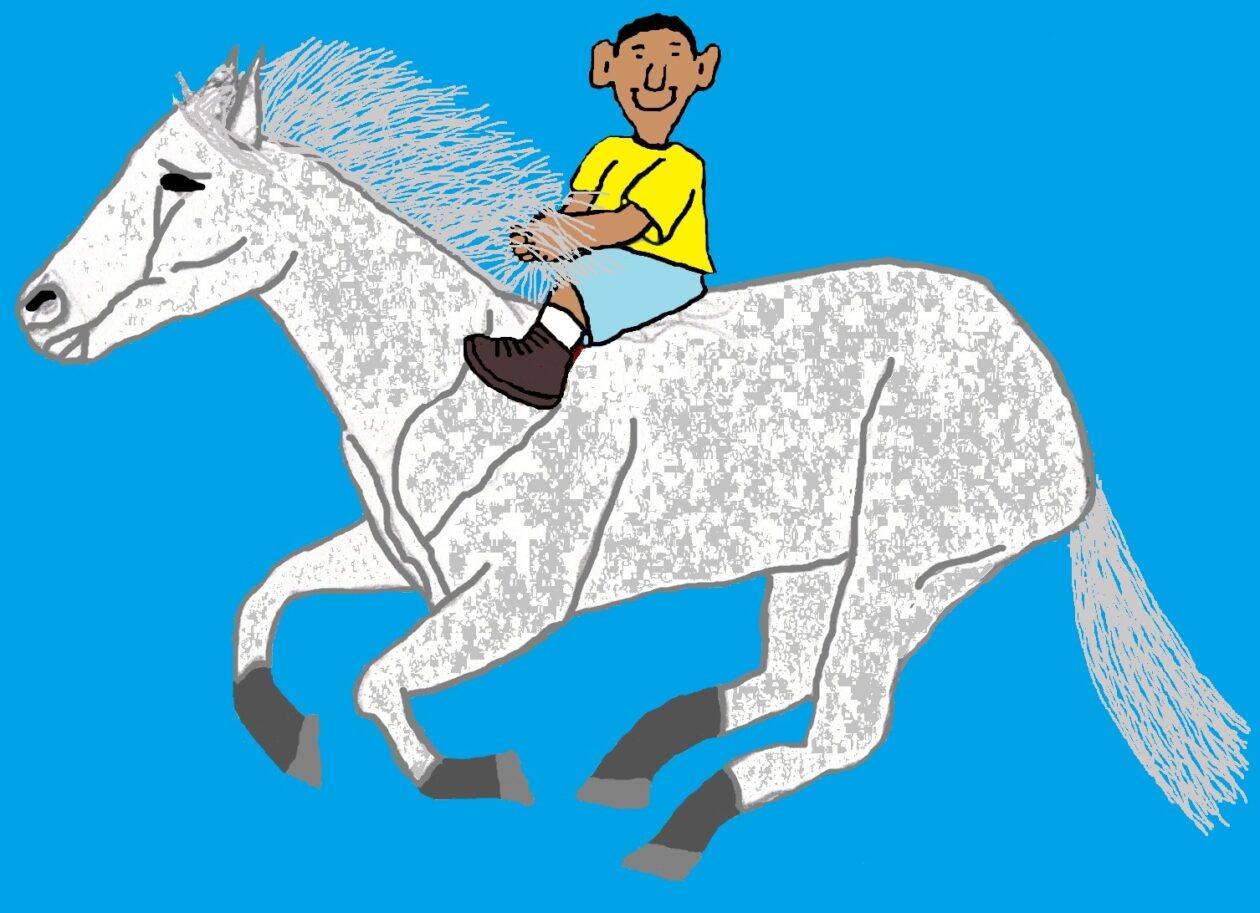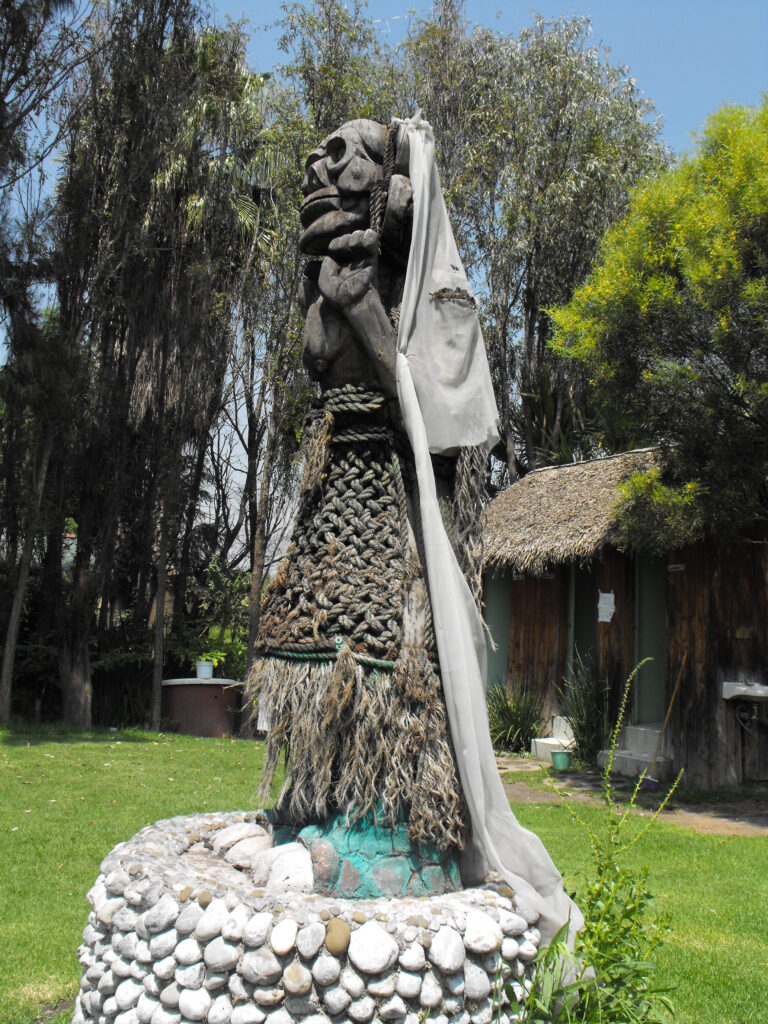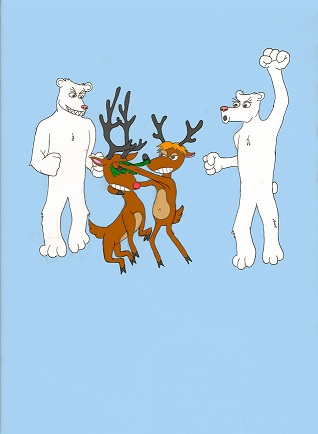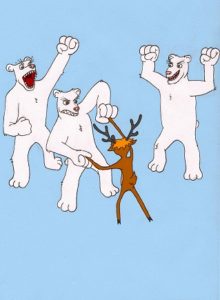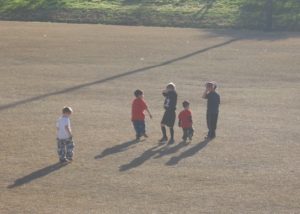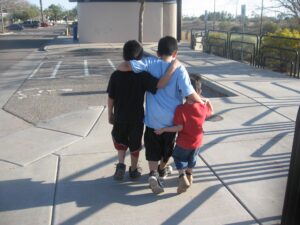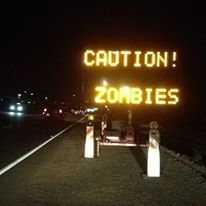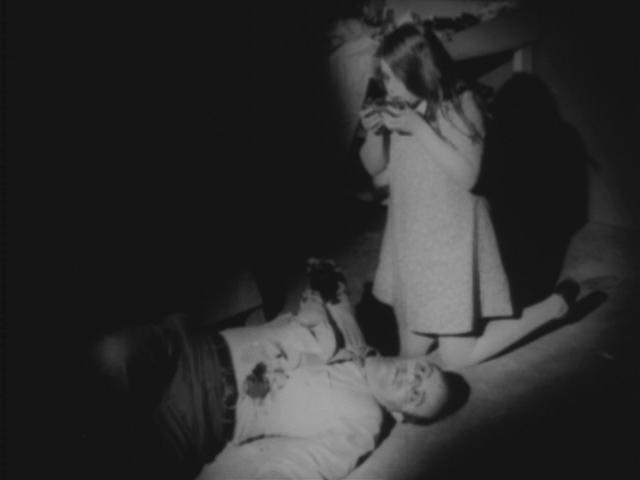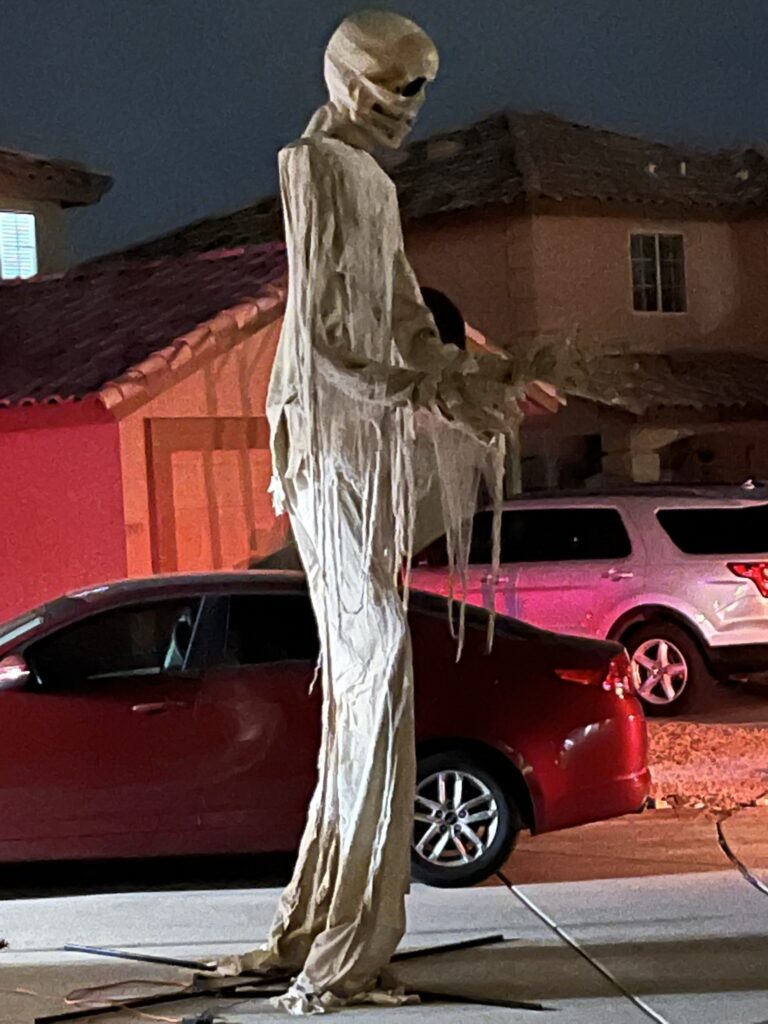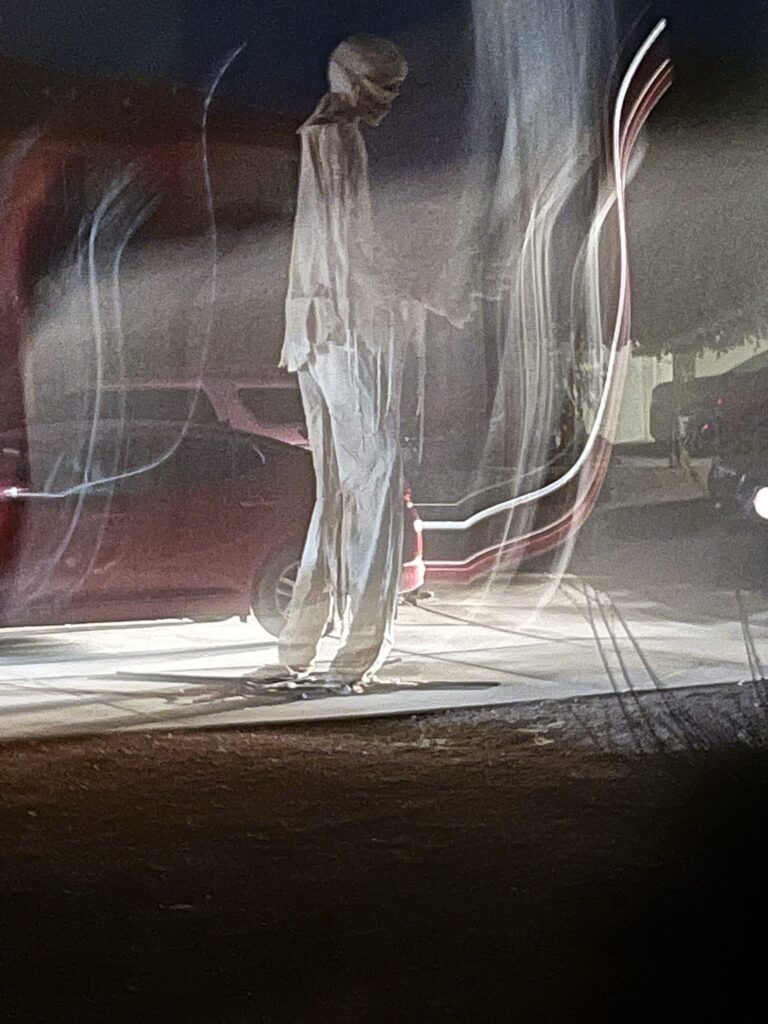Despite rumors to the contrary, I have never been a runaway.
Yet these ugly rumors persist that when I was a wee lad of 3 to 5, I had a penchant for running away.
If I was running away, where would I go? Had I formulated a plan of escape? Did I have a destination?
Nah. I wasn’t running; I was exploring, and sometimes that took hours.
One morning I disappeared from home without permission. I crossed three mesquite-filled lots to visit my Aunt Tina on 11th Street.
I walked the street but I could not find the house; I was on the wrong street.
As I looked about I saw a blonde-haired boy, about 7 years old, standing on his porch watching me. The boy wore slippers and plaid pajamas under a bright red robe.
“Hi,” he yelled.
“Hi,” I returned.
“What’s your name?” the kid asked. “Do you live around here? Where are you going? What’s your name?”
“My name is David. I’m looking for my aunt’s house. I can’t find it.”
“You want to come inside and play?”
Just like that, I forgot about my aunt and her house.
“OK,” I said.
His name was Joey. He was home sick from school, and his mother had to work, so he was alone and bored. He did not look sick to me, but what did I know?
I was too young for school. We went into his bedroom and there I saw the biggest collection of toys outside a department store.
There were cars, a fire truck, Teddy bears, balls, bats and games.
Best of all, Joey had the biggest collection of miniature green soldiers and painted cowboys and Indians.
We took his bedspread and blanket and fluffed then into a mountain where we fought wars using the soldiers and cowboys and Indians.
Occasionally, we brought in the fire truck to clear the dead.
It bothered us not a bit that we used combatants from different time periods.
Needless to say, hours passed, and then Joey told me his mother would be home soon, so I had to leave.
I walked back across the fields, and when I reached the end of 14th Street, where I lived, I could see my mother walking up and down the street. It appeared she was looking for something.
I wondered what she had lost.
That is until she saw me, and it was then I realized I was in trouble again for running away.
I could not escape my reputation as a runaway.
Neither could I stop my explorations, leading to more accusations of running away.
Finally, there was an egregious incident when I disobeyed my father and got a good whipping.
Yes, I admit he told me I could go to the store on my bicycle as long as I came straight home, and I did not come straight home. I think it was the word straight that messed me up.
My father convinced me that I had to change, and I adjusted accordingly. I either asked permission or shortened my adventures so nobody noticed I was gone.
Eventually, I was old enough to disappear for a day with no one giving it a second thought as long I was home for family dinner.
Thus ended my my runaway years that never were.
David Madrid
Contact: David Madrid
© 2023 FabulousFables.com
